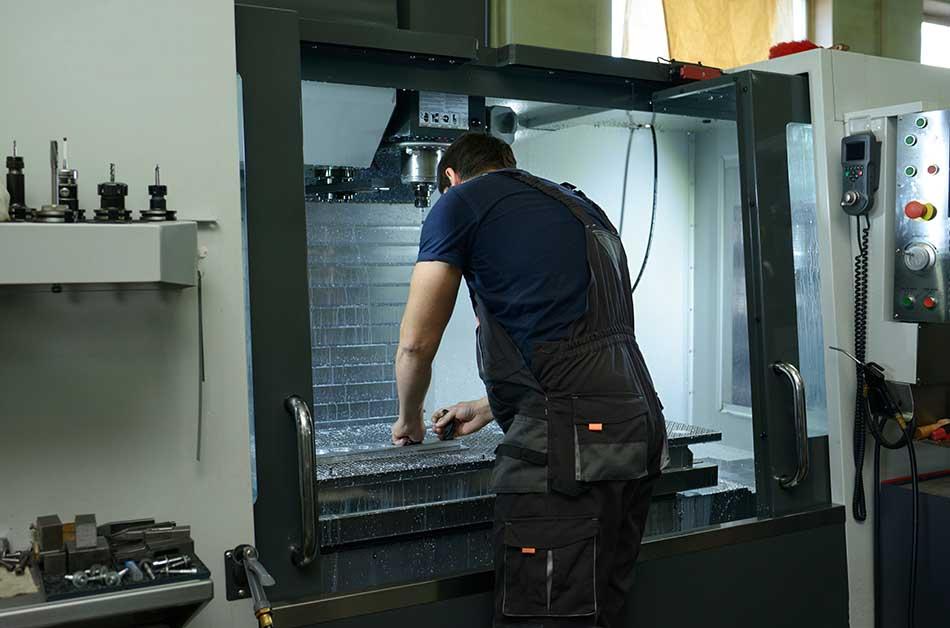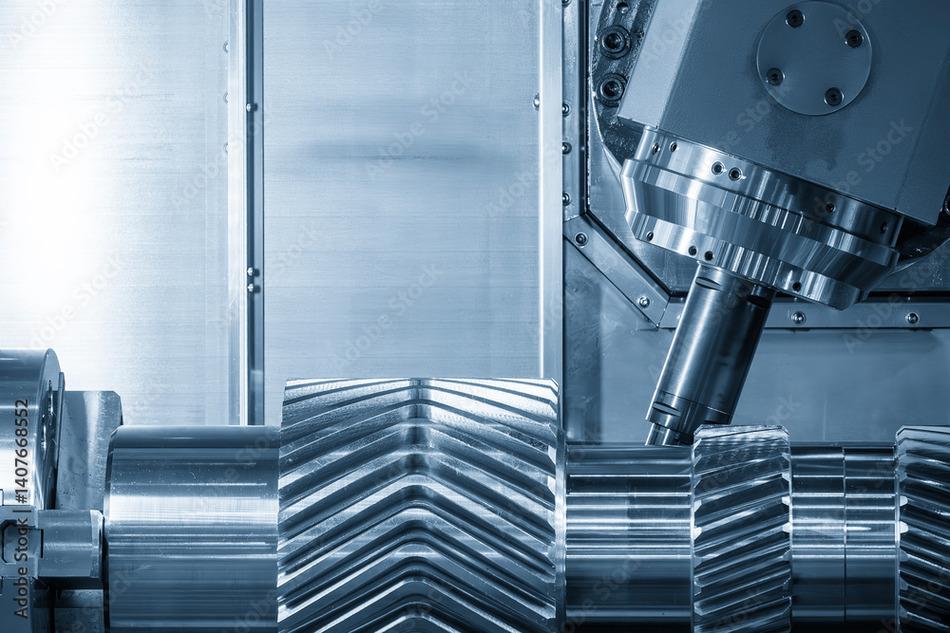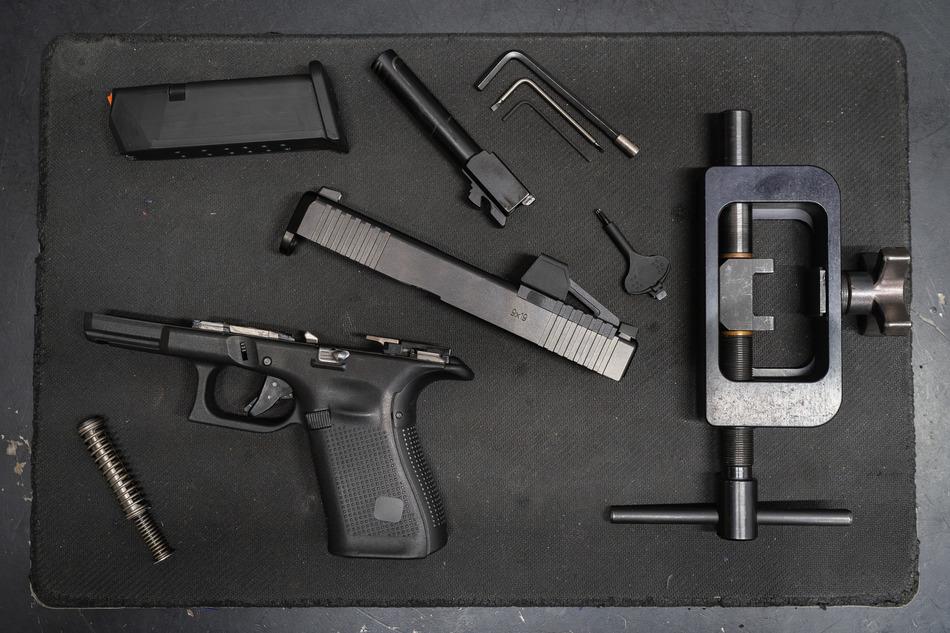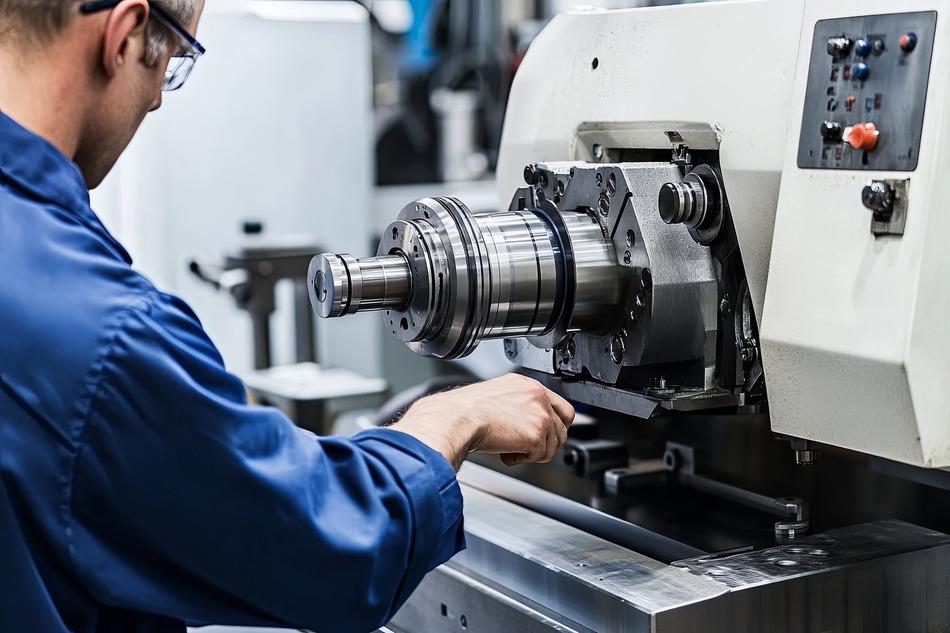Spindle Machine Problems & Repair Solutions
The spindle is one of the most important parts of a CNC machine. It controls how fast and precisely the cutting tools move. If the spindle has problems, it can cause poor cuts, wasted materials, and expensive downtime.
A faulty spindle can lead to vibration, overheating, or complete machine failure, all of which can slow down production and increase repair costs.
Why Spindle Issues Can’t Be Ignored
At In-House CNC, we specialize in spindle diagnostics, repairs, and rebuilds to keep machines running smoothly. The key to avoiding serious spindle failures is recognizing problems early and fixing them before they cause major disruptions.
This is often caused by worn-out bearings, misalignment, or unbalanced tooling. Checking the spindle alignment, ensuring tools are properly balanced, and replacing worn bearings can help eliminate these vibrations. If the problem persists, a full spindle rebuild may be required.
Common CNC Spindle Problems & How to Fix Them
One of the first signs of spindle trouble is excessive vibration. When a spindle vibrates too much, it affects the surface finish of machined parts and causes cutting tools to wear out faster than usual.
Another frequent issue is spindle overheating. When a spindle gets too hot, it can damage bearings and reduce overall machine performance. This usually happens due to poor lubrication, clogged coolant lines, or running the spindle at excessive speeds. Flushing coolant lines, checking lubrication levels, and reducing spindle RPMs can help prevent overheating. If overheating continues despite these fixes, professional repair services may be needed to avoid permanent damage.
Spindle runout, or inaccurate rotation, is another problem that leads to poor machining results. If the spindle does not rotate in a perfect circular motion, parts will be out of tolerance. Runout is typically caused by worn bearings, misaligned tool holders, or dirt buildup on the spindle taper. Cleaning the spindle taper, checking tool holder alignment, and replacing worn bearings can restore accuracy. If misalignment is severe, the spindle may need realignment or resurfacing.
Tool retention issues are also common. If a CNC machine’s tools are not staying secure during machining, it could mean the pull-stud or tool holder is worn out. This can cause the tool to slip, leading to incorrect cuts and damaged workpieces. Inspecting and replacing worn tool holders can restore proper tool retention. If the spindle taper is damaged, regrinding may be necessary to ensure a secure fit.
Electrical failures in the spindle motor can cause it to stall, lose power, or fail to start. This is often due to worn motor brushes, loose connections, or incorrect drive settings. Checking the electrical connections, replacing worn brushes, and adjusting motor settings can restore proper operation. If these steps don’t fix the issue, a spindle motor repair or replacement may be required.
How to Extend the Life of Your CNC Spindle
Preventing spindle problems before they start is the best way to avoid costly repairs and downtime. Regular maintenance, proper usage, and early troubleshooting can keep a CNC spindle running smoothly for years. One of the most important steps is ensuring that the spindle is properly lubricated. Spindles generate a lot of heat, and without enough lubrication, the bearings can wear out quickly. Checking lubrication levels daily and ensuring that coolant lines are free of clogs helps prevent overheating and reduces wear on internal components.
Keeping the spindle clean is another key factor in extending its lifespan. Metal chips, dust, and coolant residue can build up around the spindle and tool holders, leading to misalignment and reduced accuracy. Cleaning the spindle taper regularly helps ensure that tool holders fit securely and that there is no excess debris interfering with precision. Any time a tool change occurs, it’s a good habit to inspect the spindle for dirt buildup or surface damage.
Monitoring spindle speeds and feed rates also plays a role in preventing early wear. Running the spindle at speeds higher than recommended can cause excess heat buildup, while improper feed rates can put unnecessary strain on the machine. Following manufacturer guidelines for optimal RPMs and cutting speeds helps maintain accuracy and prevents mechanical stress on the spindle and surrounding components.
Finally, scheduling routine professional inspections can help catch issues before they escalate. Small imbalances, slight misalignments, or early signs of bearing failure might not be obvious to machine operators but can be detected through routine maintenance checks. Investing in preventative maintenance helps businesses avoid unexpected breakdowns and keeps machines running at full capacity.
Prevent CNC Spindle Downtime with In-House CNC
Spindle problems can bring production to a halt and lead to Regular maintenance and early repairs can prevent costly downtime and extend the life of CNC machines. At In-House CNC, we offer expert spindle repair, realignment, and preventative maintenance to keep your machines in top shape.
📞 Call In-House CNC Today at (951) 540-4820 for Expert Spindle Repairs!




